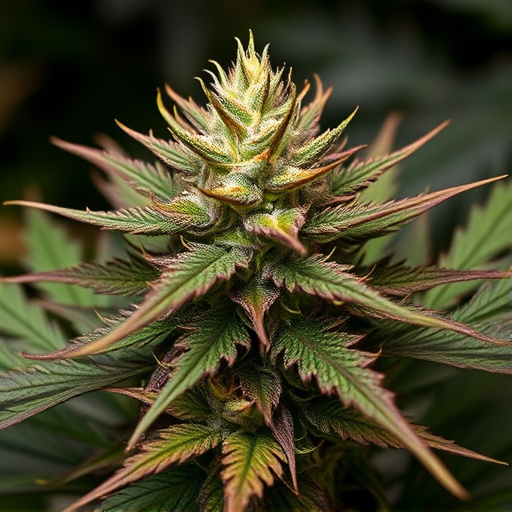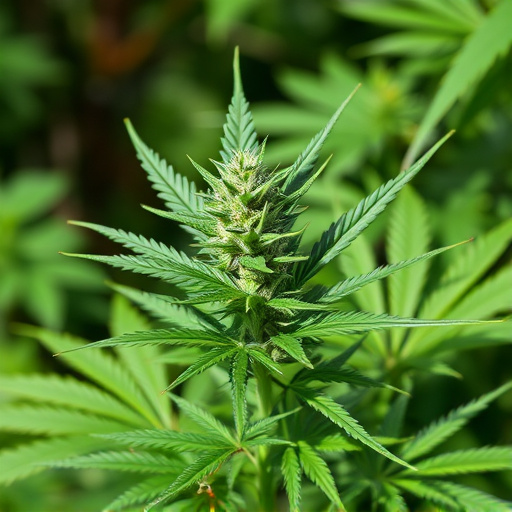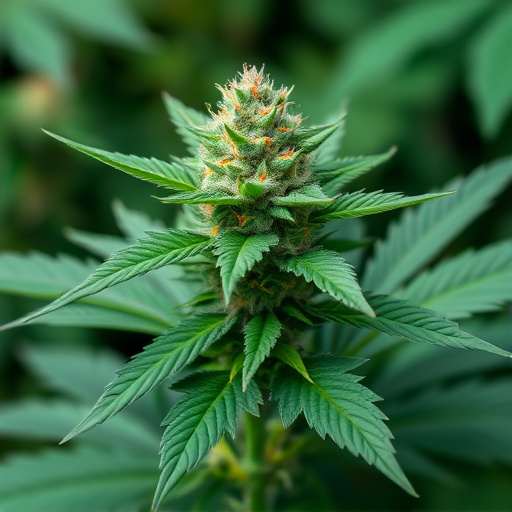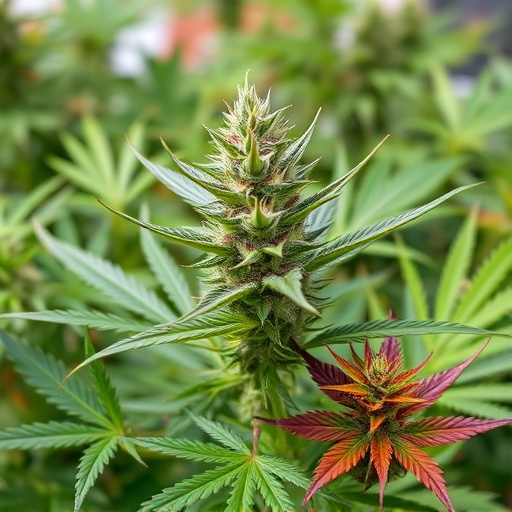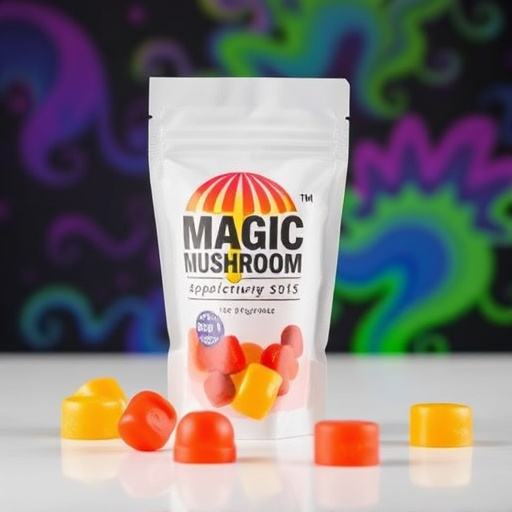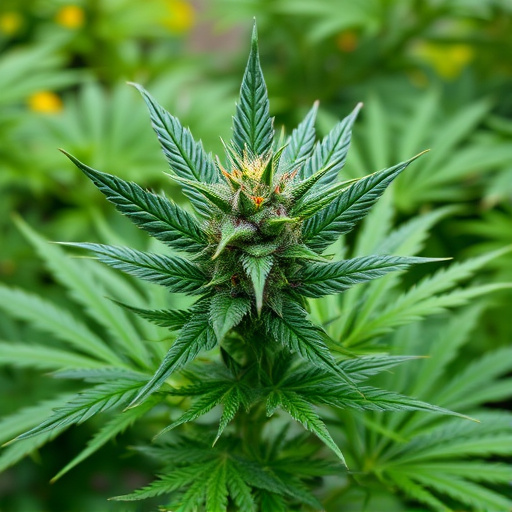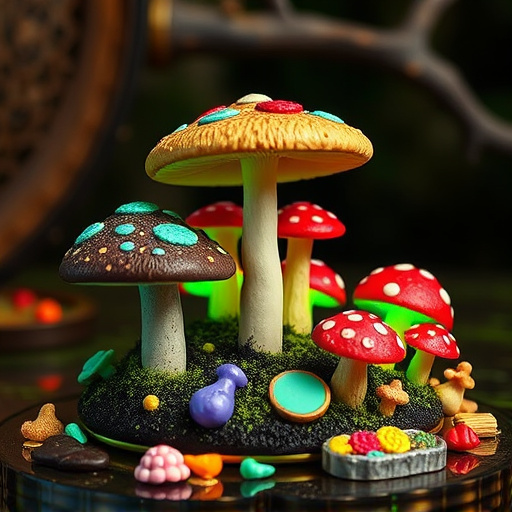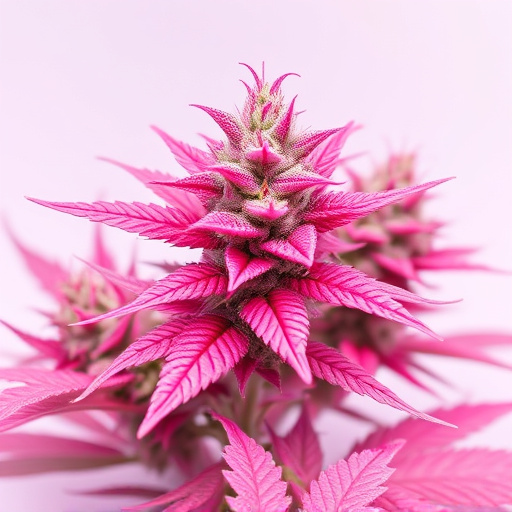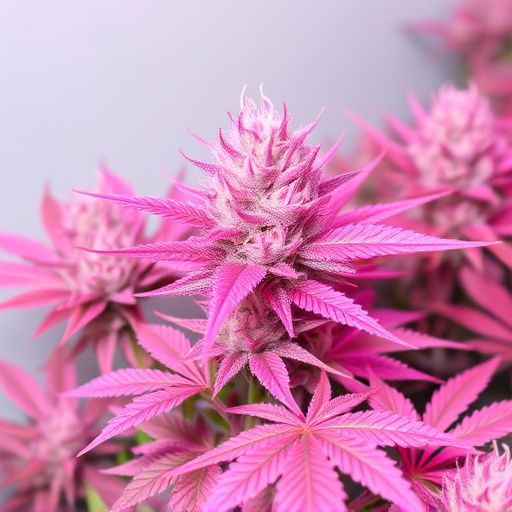Pink cannabis strains gain popularity for their unique ability to regulate hunger hormones without overwhelming sensory effects or intoxicating THC levels. These strains, characterized by balanced terpene profiles and higher CBD content, interact with the endocannabinoid system, particularly CB1 and CB2 receptors, to influence appetite and satiety. Research suggests they can suppress appetite, reduce food intake, and aid weight management, while their calming effects promote healthier eating habits. However, caution is advised due to potential side effects from excessive THC intake, emphasizing the importance of consulting healthcare professionals for informed decisions regarding pink cannabis strains.
THC, the primary psychoactive compound in cannabis, has surprising effects on hunger hormones. This article delves into how THC interacts with our endocannabinoid system, exploring the specific role of pink cannabis strains in regulating appetite. We’ll discuss potential benefits for users, from managing weight to addressing eating disorders, while also considering important factors to ensure safe and effective use. By understanding these mechanisms, you’ll gain valuable insights into the multifaceted impact of pink cannabis strains.
- Understanding THC and Its Interaction with the Endocannabinoid System
- The Role of Pink Cannabis Strains in Regulating Hunger Hormones
- Potential Benefits and Considerations for Users
Understanding THC and Its Interaction with the Endocannabinoid System

The active compound in cannabis, THC (tetrahydrocannabinol), has a profound impact on the human body, particularly when it comes to our appetite and hunger hormones. To understand this effect, we must first grasp how THC interacts with the endocannabinoid system (ECS). The ECS is a complex network of receptors and molecules present in various parts of our bodies, including the brain, nervous system, and digestive tract. It plays a crucial role in maintaining homeostasis, or balance, by regulating numerous physiological processes.
THC acts as an agonist at two primary cannabinoid receptors: CB1 and CB2. These receptors are part of the ECS and are involved in controlling hunger, taste perception, and metabolism. When THC binds to these receptors, it can modulate appetite, leading to either increased or decreased hunger, depending on various factors. Research suggests that certain pink cannabis strains, known for their balanced terpene profiles, may offer a more subtle activation of CB1 and CB2 receptors, potentially providing an ideal effect for managing hunger without overwhelming sensory experiences associated with higher concentrations of THC.
The Role of Pink Cannabis Strains in Regulating Hunger Hormones
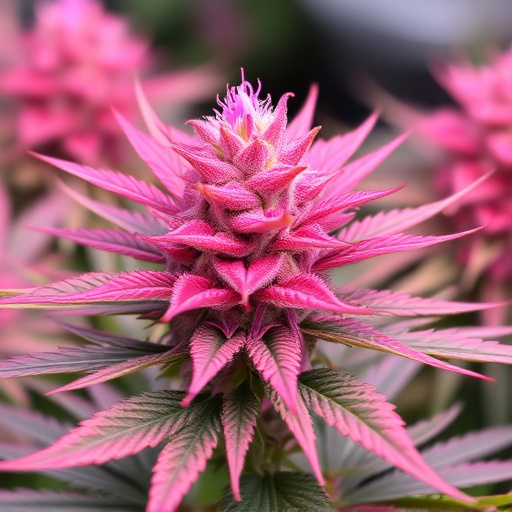
Pink cannabis strains have gained attention for their potential benefits beyond relaxation and pain relief, particularly in regulating hunger hormones. These strains often contain higher levels of Cannabidiol (CBD) and lower THC concentrations compared to their more potent counterparts, making them appealing for individuals looking to manage appetite without the intoxicating effects of high THC.
Research suggests that CBD can interact with the endocannabinoid system, which plays a crucial role in regulating hunger and satiety. By influencing this system, pink cannabis strains may help suppress appetite, leading to reduced food intake and potential weight management benefits. Additionally, the calming effects of these strains could contribute to healthier eating habits by reducing emotional or stress-related overeating.
Potential Benefits and Considerations for Users
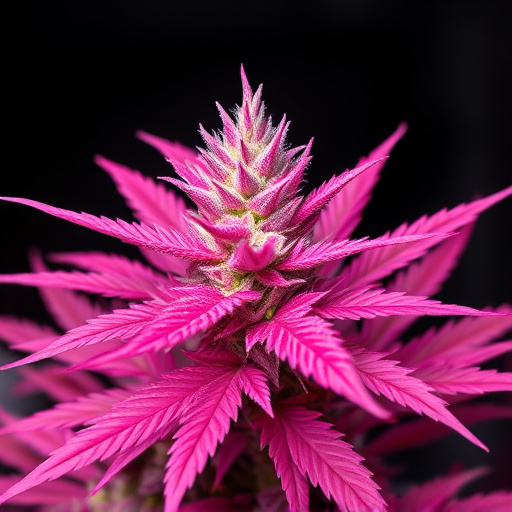
The potential benefits of THC in modulating hunger hormones have sparked interest among users, especially those seeking alternative ways to manage appetite. Studies suggest that THC may stimulate the release of ghrelin, often referred to as the “hunger hormone,” which could lead to increased feelings of hunger. However, this effect is not universally experienced, and individual responses can vary greatly. Some users report enhanced appetites after consuming pink cannabis strains known for their high THC content, which may be beneficial for individuals struggling with eating disorders or weight gain.
On the consideration side, it’s important to note that excessive THC intake could potentially disrupt natural hormone balance and have other side effects, such as increased heart rate and anxiety. Users should exercise caution, especially when experimenting with higher THC strains like certain pink varieties. Moderation and understanding personal tolerance are key. Additionally, consulting healthcare professionals can help users make informed decisions about incorporating THC into their wellness routines.
In conclusion, the interaction between THC and the endocannabinoid system plays a significant role in regulating hunger hormones. Specifically, pink cannabis strains have shown promise in this area, offering potential benefits for users looking to manage their appetite. However, as with any substance, it’s crucial to consider both the advantages and limitations, especially when incorporating pink cannabis strains into one’s wellness routine.
